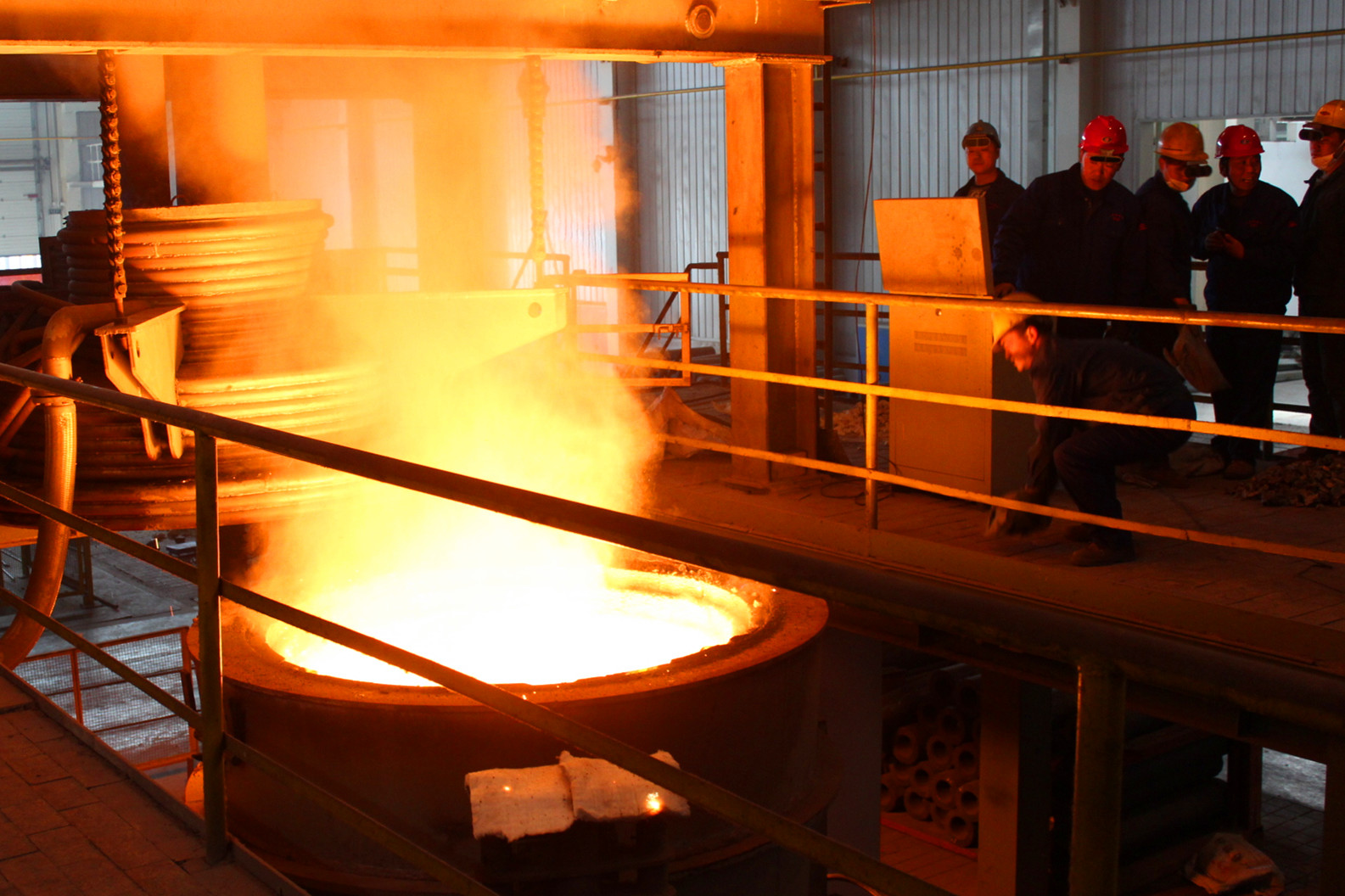- Afrikaans
- Albanian
- Amharic
- Arabic
- Armenian
- Azerbaijani
- Basque
- Belarusian
- Bengali
- Bosnian
- Bulgarian
- Catalan
- Cebuano
- China
- China (Taiwan)
- Corsican
- Croatian
- Czech
- Danish
- Dutch
- English
- Esperanto
- Estonian
- Finnish
- French
- Frisian
- Galician
- Georgian
- German
- Greek
- Gujarati
- Haitian Creole
- hausa
- hawaiian
- Hebrew
- Hindi
- Miao
- Hungarian
- Icelandic
- igbo
- Indonesian
- irish
- Italian
- Japanese
- Javanese
- Kannada
- kazakh
- Khmer
- Rwandese
- Korean
- Kurdish
- Kyrgyz
- Lao
- Latin
- Latvian
- Lithuanian
- Luxembourgish
- Macedonian
- Malgashi
- Malay
- Malayalam
- Maltese
- Maori
- Marathi
- Mongolian
- Myanmar
- Nepali
- Norwegian
- Norwegian
- Occitan
- Pashto
- Persian
- Polish
- Portuguese
- Punjabi
- Romanian
- Russian
- Samoan
- Scottish Gaelic
- Serbian
- Sesotho
- Shona
- Sindhi
- Sinhala
- Slovak
- Slovenian
- Somali
- Spanish
- Sundanese
- Swahili
- Swedish
- Tagalog
- Tajik
- Tamil
- Tatar
- Telugu
- Thai
- Turkish
- Turkmen
- Ukrainian
- Urdu
- Uighur
- Uzbek
- Vietnamese
- Welsh
- Bantu
- Yiddish
- Yoruba
- Zulu
Oct . 03, 2024 05:45 Back to list
Innovative Approaches to Low Temperature Heat Exchange Technology for Enhanced Energy Efficiency
Low-Temperature Heat Exchangers An Overview
Heat exchangers play a crucial role in many industrial processes, particularly in the fields of energy production, chemical processing, and HVAC systems. Low-temperature heat exchangers, specifically, are designed to efficiently transfer heat between two fluids at temperatures typically below 100°C (212°F). This article explores the importance, applications, and challenges associated with low-temperature heat exchangers.
Importance in Modern Industry
The increasing demand for energy efficiency and sustainability across various sectors has heightened the significance of low-temperature heat exchangers. These systems enable industries to reclaim thermal energy that would otherwise be wasted, thus improving overall energy efficiency and reducing greenhouse gas emissions. For instance, in power generation, heat exchangers can recover waste heat from exhaust gases or cooling systems, converting it into useful energy.
Applications
Low-temperature heat exchangers are employed in a myriad of applications ranging from refrigeration systems to renewable energy generation. In the HVAC industry, they are utilized to optimize cooling and heating processes, ensuring efficient temperature regulation in buildings. In the chemical processing sector, these exchangers facilitate the transfer of heat between reactants and products, improving reaction efficiencies and output.
One significant application of low-temperature heat exchangers is in geothermal energy systems. These systems harness the earth's stable underground temperatures to provide heating and cooling. Heat exchangers in these systems transfer heat between the earth and the fluid circulating through the system, efficiently utilizing low-grade thermal energy for residential and commercial climate control.
Types of Low-Temperature Heat Exchangers
low temperature heat exchanger

Various designs of low-temperature heat exchangers exist, each suited for specific applications. Plate heat exchangers consist of multiple thin plates that create a large surface area for heat transfer while maintaining a compact design. This type is particularly effective for fluids with low viscosities and is commonly used in food processing and pharmaceutical applications.
Shell-and-tube heat exchangers, on the other hand, consist of a series of tubes enclosed within a shell. They are versatile and can handle a wide range of fluids, making them suitable for power plants and petrochemical operations. Fin-tube heat exchangers enhance heat transfer efficiency by increasing the surface area exposed to the fluids, commonly employed in air conditioning and refrigeration.
Challenges and Future Directions
Despite their benefits, low-temperature heat exchangers face several challenges, including fouling, corrosion, and thermal shock, which can affect performance and longevity. Ongoing research aims to develop advanced materials and coatings that enhance resistance to these issues, thereby improving the reliability and efficiency of these systems.
The integration of digital technologies, such as sensor networks and data analytics, holds promise for the future of low-temperature heat exchangers. By utilizing real-time monitoring and predictive maintenance strategies, industries can optimize performance and respond swiftly to any operational anomalies.
Conclusion
Low-temperature heat exchangers are vital components in achieving energy efficiency and sustainability across various industries. Their ability to recover and utilize waste heat not only enhances process efficiency but also contributes to environmental conservation efforts. As technology continues to evolve, the potential for these systems to play an even greater role in a sustainable future remains promising.
-
Premium Cast Iron Water Main Pipe: Durable, Corrosion-Resistant
NewsAug.03,2025
-
Durable Cast Iron Water Mains | AI-Optimized Systems
NewsAug.02,2025
-
High-Efficiency Propane Boiler for Baseboard Heat | Save Energy
NewsAug.01,2025
-
Premium Source Suppliers for Various Gray Iron Castings
NewsJul.31,2025
-
Durable Cast Iron Water Main Pipes | Long-Lasting
NewsJul.31,2025
-
High-Quality Cast Iron Water Main Pipe for Durable Infrastructure
NewsJul.30,2025


